With Spring in September southern hemisphere plasma lovers are contemplating growing some food in these inflation ridden times.
After running our own salad farm for a decade and using plasma for half of the time, here are some tips and trick to make sure that all the food you grow is as nutrient dense as you can make it. Many people struggle to grow in the soils that are poor, not well drained or shaded. Every year, changing climate conditions ensure that each season is its own learning curve, so here are some of the things we have learned about over the years, plasma and other. We will talk this time about the conditions facing us here in Australia, but I’m sure that the many issues we face are mirrored around the world.
Australia has very poor soils for growing, many extremely clay soils that need huge amounts of organic matter to make them fertile. Our best results have always come from creating raised beds that are a mix of topsoil (which has some clay, we even buy in good topsoil for our large beds), and compost which we make on the farm from all our lettuce waste and worm castings etc. You can also mix in a bit of sand to ensure oxygenation, but we have all our coco fibre and vermiculite left over from our hydroponic system that creates the aeration in our beds. Raised beds also ensure drainage if we have LA Nina, as we do now.
The next important thing we have learned after years of buying various brands of compost is, NOT ALL COMPOST IS GOOD COMPOST. “Sh….T in, sh….t out” so they say. Most compost is made from tree bark and other woodchip which breaks down very fast and has no nutrient content. Paying a little extra for good quality or making your own will go a long way to growing good food.
Add more food for your plants in the form of worm tea, manure or organic fertilizers. We do all of these things to ensure a crop of healthy plants.
Next we ensure we have the ability to cover our crops from birds, (who love our salad as much as our customers) and sometimes some semi-shade when the days get unbearably hot.
Next we set up a PLASMA and watering schedule to give us food with the best quality and flavour you can imagine, plus that happy plasma vibe and plasma goodness that we have come to appreciate(especially when we are away and have to eat the sad looking greens from the supermarket that cost an arm and a leg).
We always add our plant formulas to our water each week. We use the GANS formula in minute trace quantities as per instructions. Once a week is sufficient. Watering more often if our plants are dry means we use plain water.
Next, we have our GROGLOBES strategically planted in our beds. The plants seem to grow more with them than without. We have tested them on our seedling tables in winter, where the tables with GROGLOBES grow faster than those without.
When we harvest our foods grown in the best conditions with plasma added, their nutrient values are much higher than other. They also show that they have an extremely long shelf life if kept in the right conditions.
You can read about our experiments and their findings if you haven’t already at our dedicated website for plasma in agriculture called plasmaecosystems.org. All our plant food is made for KFM Australia and a percentage of each sale goes to keeping our work alive and ongoing testing and lab results recorded to build the scientific record of the benefits of using plasma for enhancing food production.
Click on the link below to read the full experiments on plant nutrition.
June 2019 Field Interactions within the Plant tissue. p24 and
Growing nutritious food using GANS and its benefits. p38
Our Youtube channel also has many short videos on farming and growing


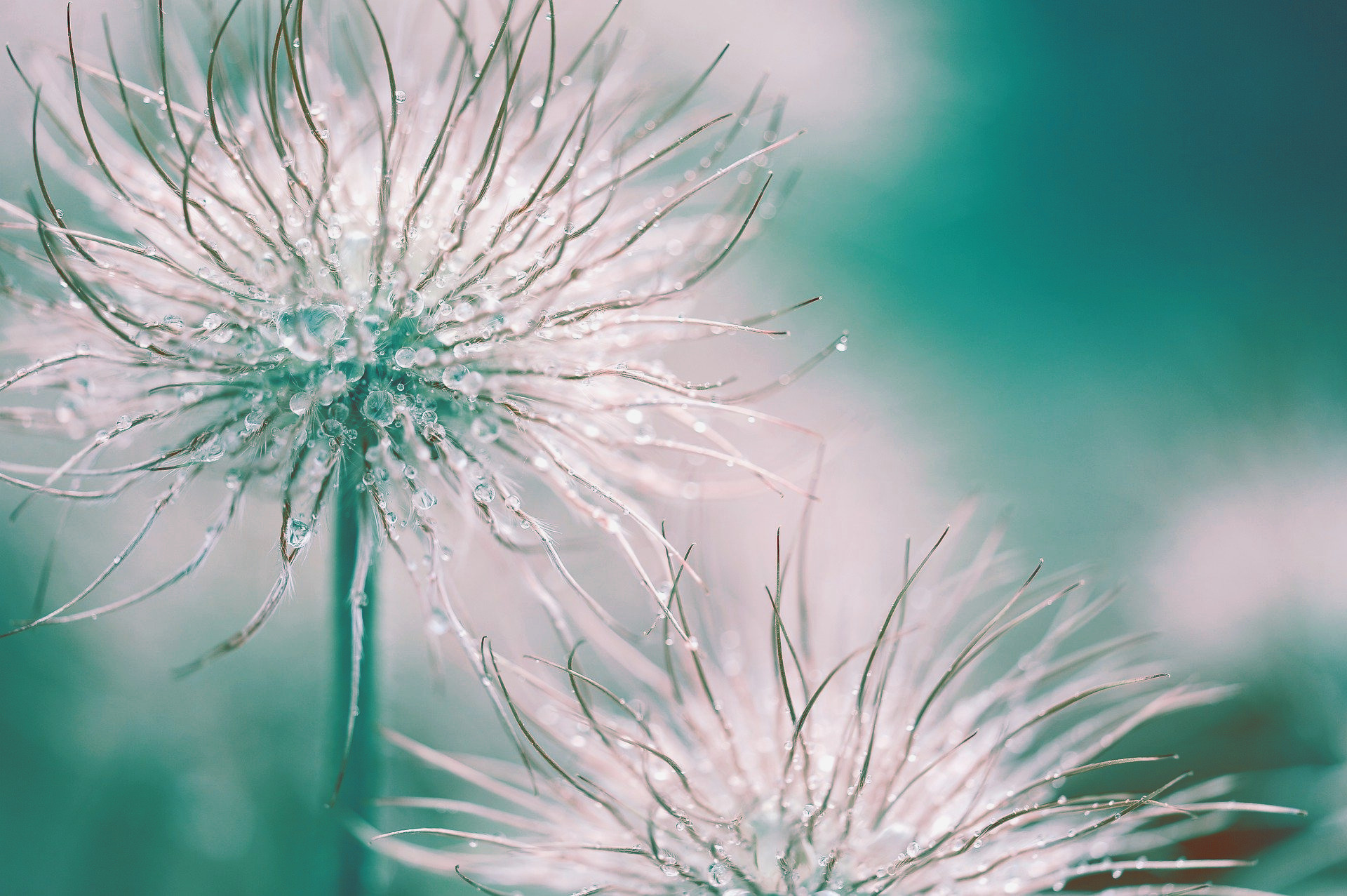
 Subscribe to my channel
Subscribe to my channel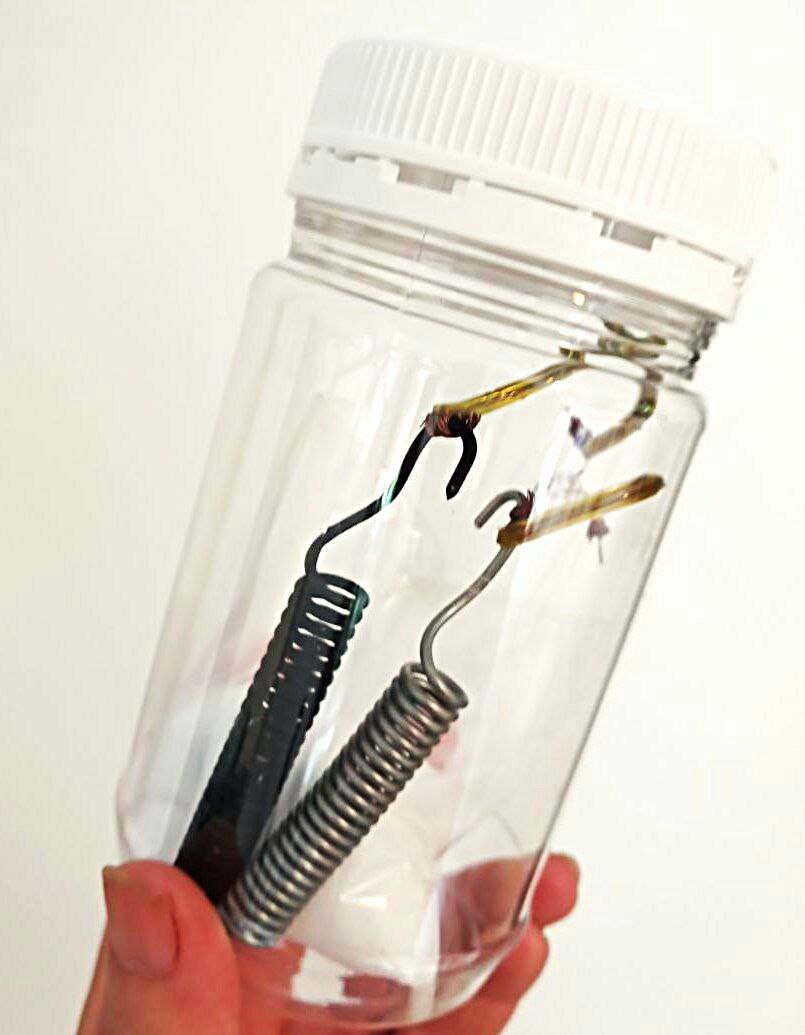
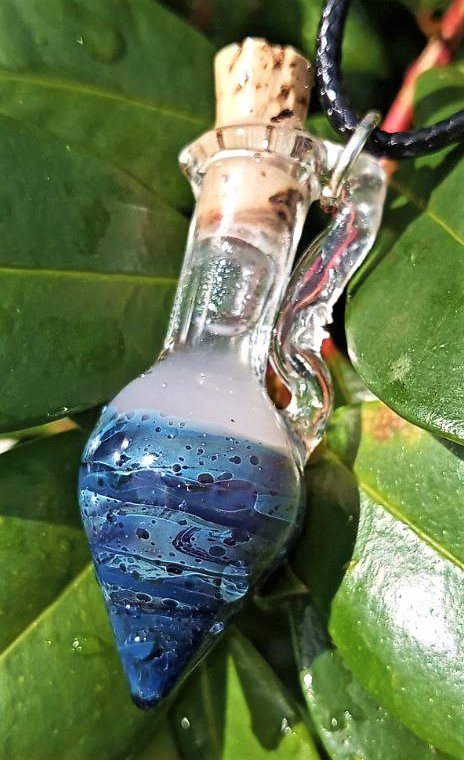
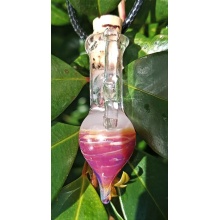
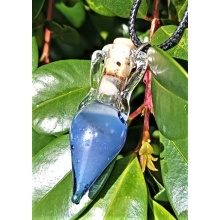
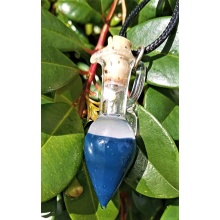

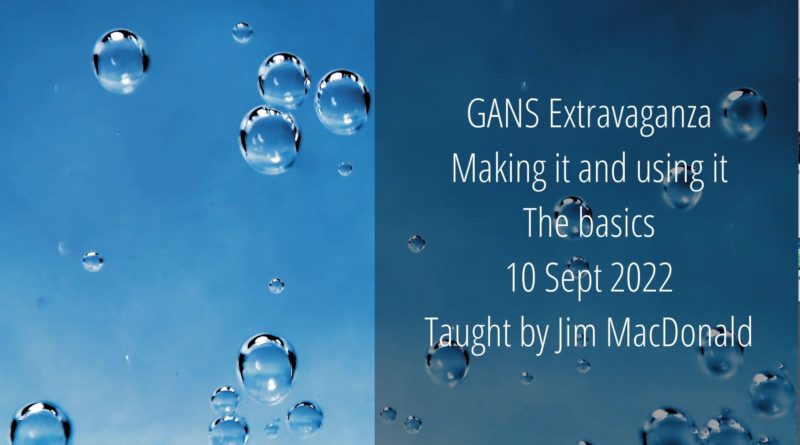
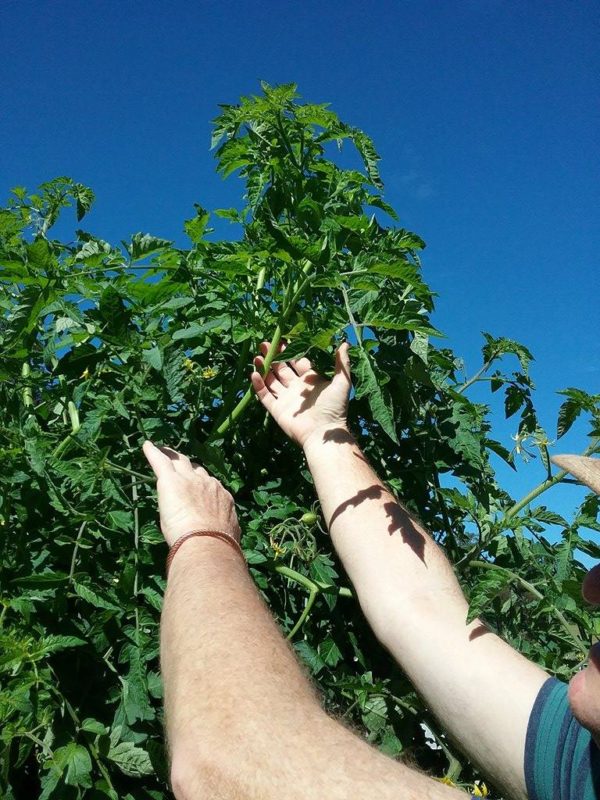
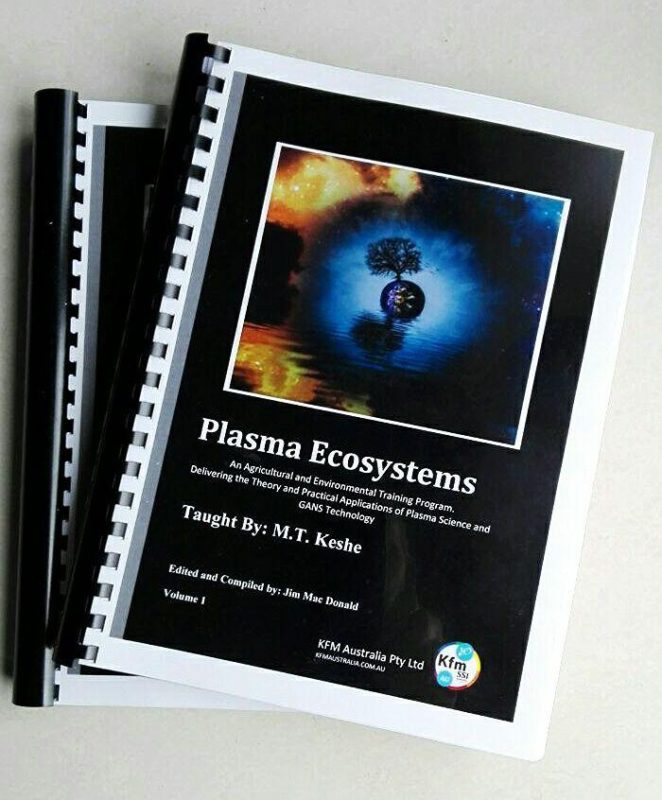
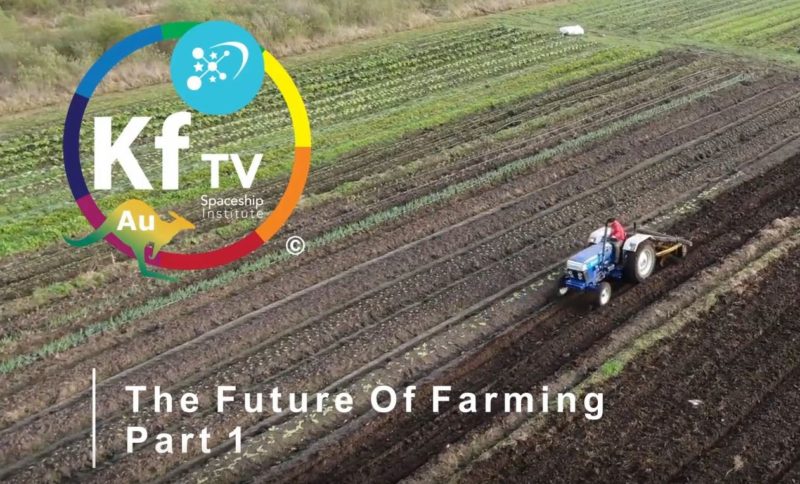

0 Comments